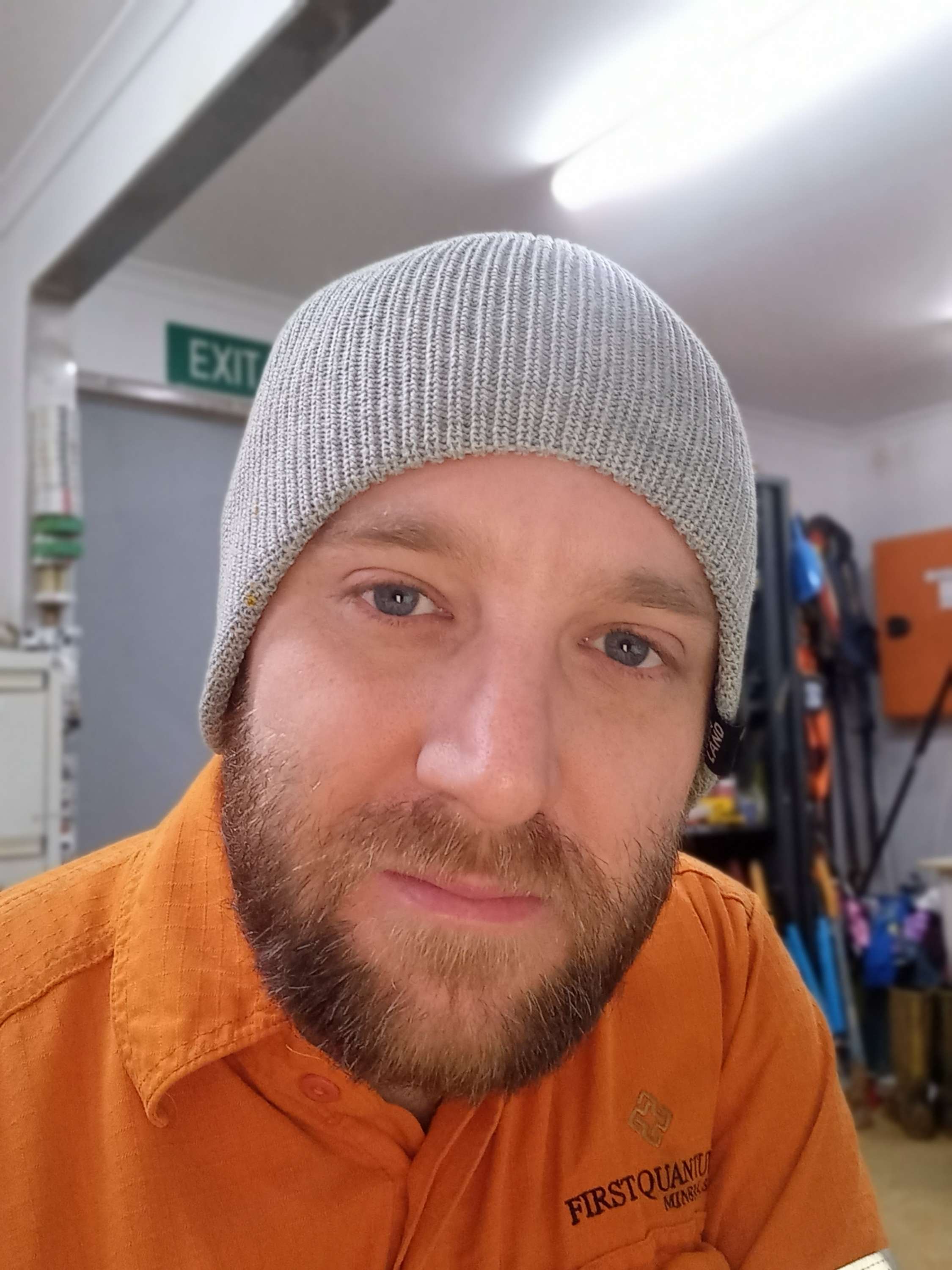Dwarf Craftsmanship: Speed painting dungeons.
- Dave Glasson
- Feb 26, 2024
- 3 min read
How do you do, fellow stunties! I'm back with another painting tutorial. The Dwarven Holds are an integral part of Torch & Shield and while you can play the game on a simple square grid, it adds so much to the immersion to have a painted, 3D dungeon. Dan asked if I had any good methods for doing a lot of tiles quickly, so I knocked this together based on the same technique I used on my bases for my personal Copperbrow crew. This method is super accessible. There are no special tools required, just some slightly larger brushes and a paper towel. No airbrushing, no spray cans required, although both of those can be used to speed things up and smooth things out a bit. I used three brushes for this. One large one, one mid size one and one large model painting brush for putting the wash on.

I also used these paints. That first one that's a bit shy is Abaddon Black but sub in for whatever black you like.

First, we prime the parts. For this tutorial, I'm going to paint a base, floor and wall section in the same scheme, then show a couple of alternate schemes at the end and explain how you can make your own. As with pretty much all terrain, I recommend starting with black. It hides a lot of sins later and boy howdy, are we sinning tonight.
If you want to really do this in absolute super turbo hyper mode, you can grab a hair dryer and dry off every stage as you go. I did and by doing so, this whole thing took ten minutes, with most of that time lost washing the brush and changing colours. If I was batch painting an entire dungeon, I think you could easily do a dungeon worth of tiles in two hours.

Once that is dry, pick three colours. The bonkers thing about this is that which three colours you pick doesn't really matter. I suggest using three fairly muted colours, as this will mimic organic colours and suggest corrosion or plant growth. For this tutorial, I used these ones. Nothing really bright or vibrant but still good, strong colours.

Now slap them on in rough, irregular patterns. Go bonkers. You don't necessarily want perfect coverage. Let some of the black show through. I started with the green.

More colour. On to the blue-grey.

MOAR COLOUR. RED NAOW.

At this point, you probably think I'm screwing with you. Haha, I just ruined your set. Lol.
I promise, it'll be ok. We'll fix it. Grab the mid size brush and your light grey. Then drybrush straight all over your paint vomit.

Holy shit, right? But wait, it gets better. First though, grab a metallic colour and pick out the metal details on the walls. I used Leadbelcher to pick out the hoops and plates they're attached to. But as you'll see below, I did this out of sequence and wasted some time. Then.... Grab the Agrax, thin it down a bit with the thinner and switch up to the large model brush (the smallest one of the three). Wash over the whole thing. Use the paper towel to pick up any pooling in the middle of the tiles or bricks.


Right?!? From here, I went back and picked out the bricks with the rings in them and painted them metal. You could do them as gold or brass if you want them to pop but I opted for Leadbelcher. If I had thought about it for more than two seconds, I would have done this step BEFORE I washed the whole thing, as that would have saved me slightly more time. But I didn't. Lesson learned. Last step is to go back with your black of choice and clean up the rims on the bases and tiles. Voila, speed painted dungeon! Don't forget to hit it with some matte varnish later. This will bring the shine down a bit. Downside of using Agrax is it makes everything super glossy but matte varnish will dull it right down.

So, if you don't want your dungeon to look dingy and rotten, what are your other options? Here's the same method, using two other triads. This time, I went with complimentary colours instead of an opposing. I didn't paint any walls this time as I didn't have enough spare. First, the colours used and what the sections looked like before the cleanup stages.

Next, the completed tiles after the drybrush and wash. I think the purple and blue probably needed something extra but the warm colours came out quite nice.

From here, you could use textures or pigments to add extra colour, or go back and edge highlight and pin wash some of the details for extra contrast but for a paint job that took all of about ten minutes to do, these came out pretty good! Until next time!









Comments